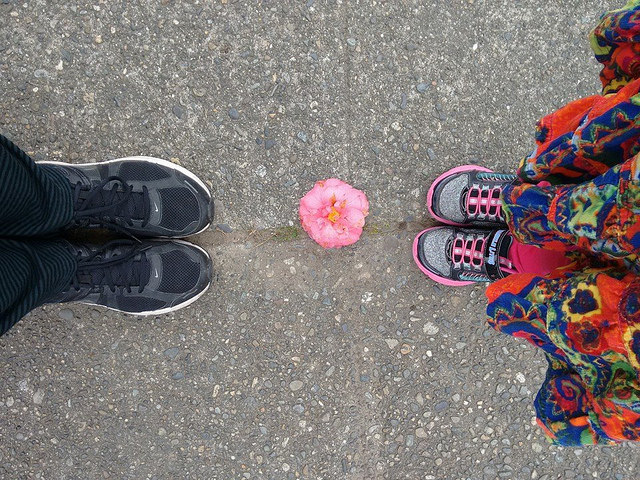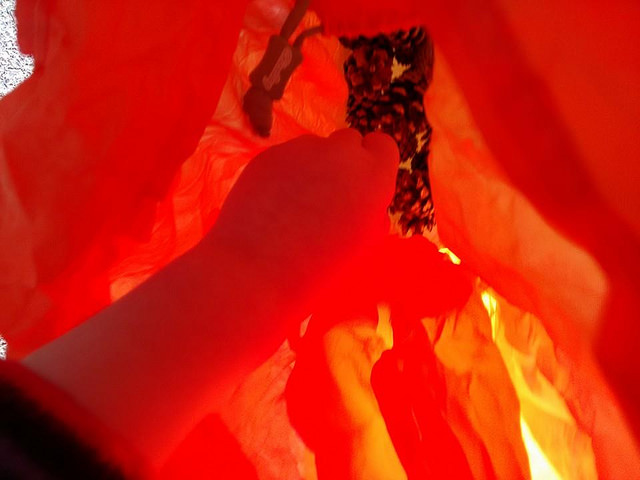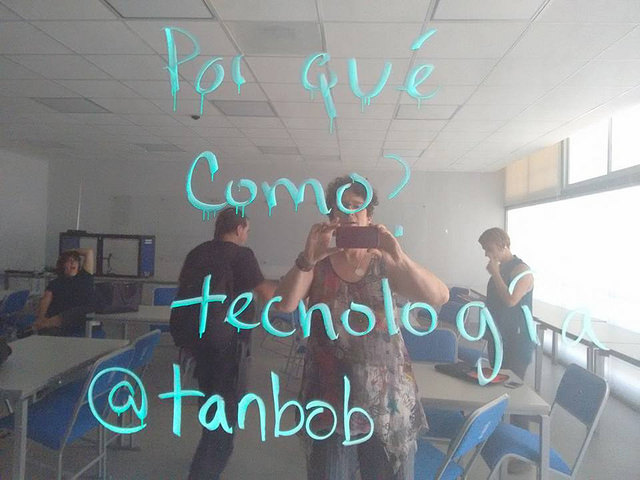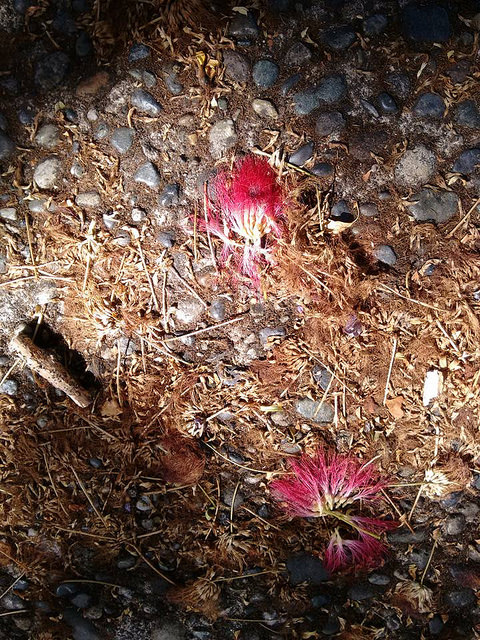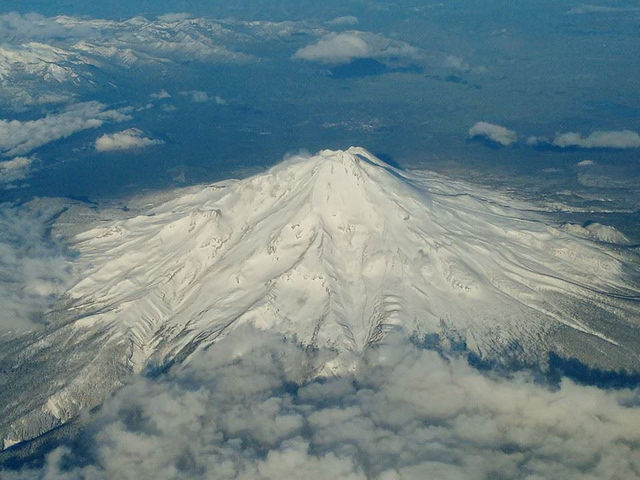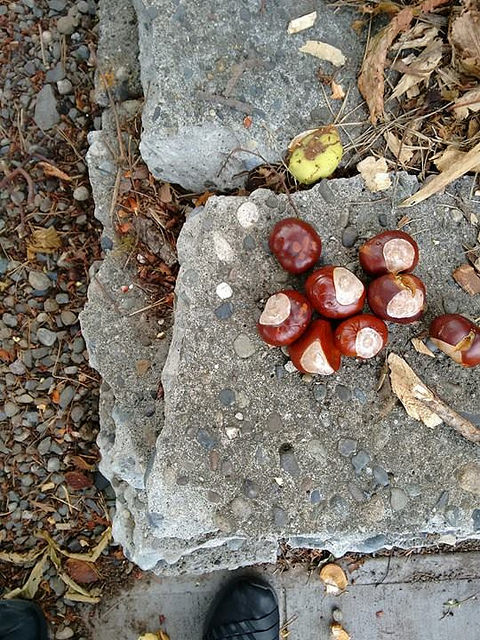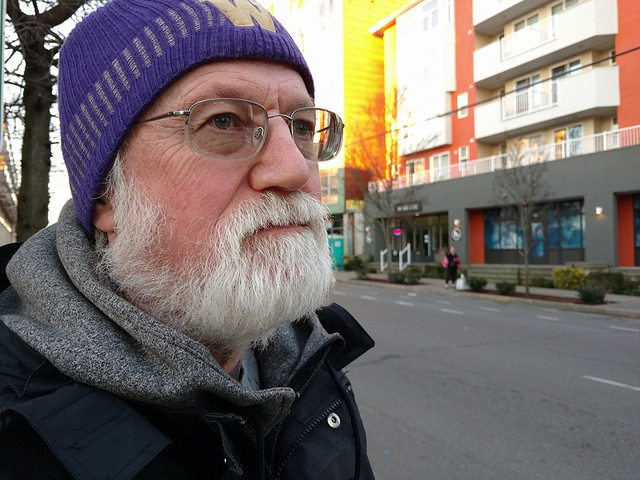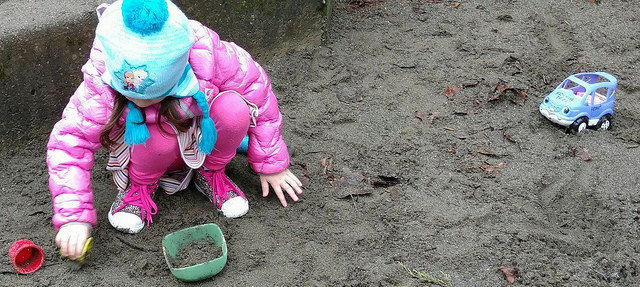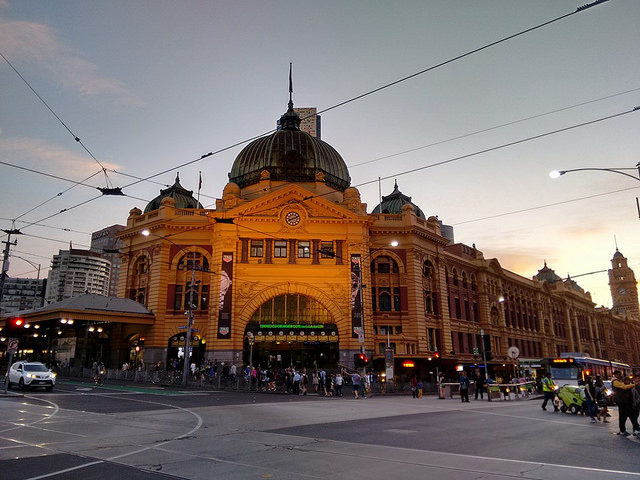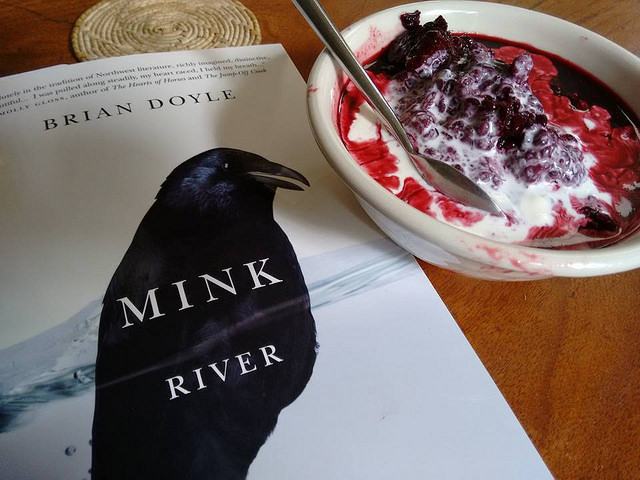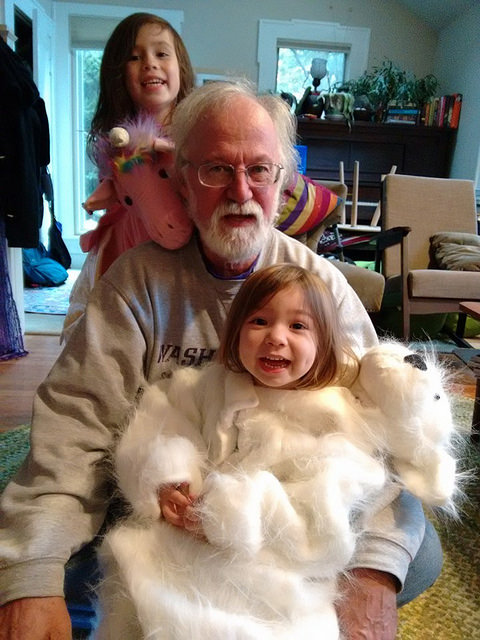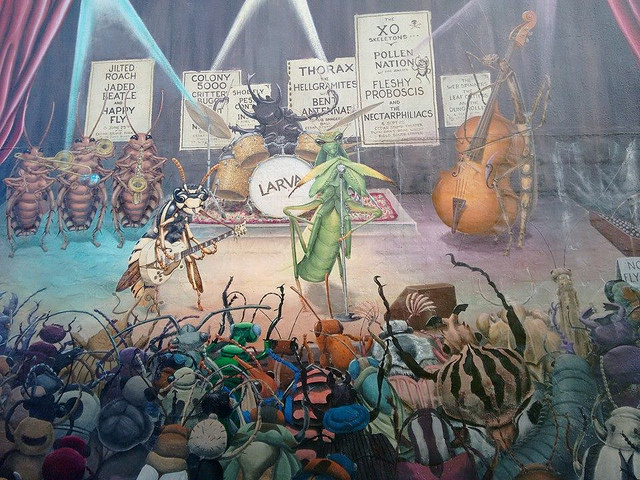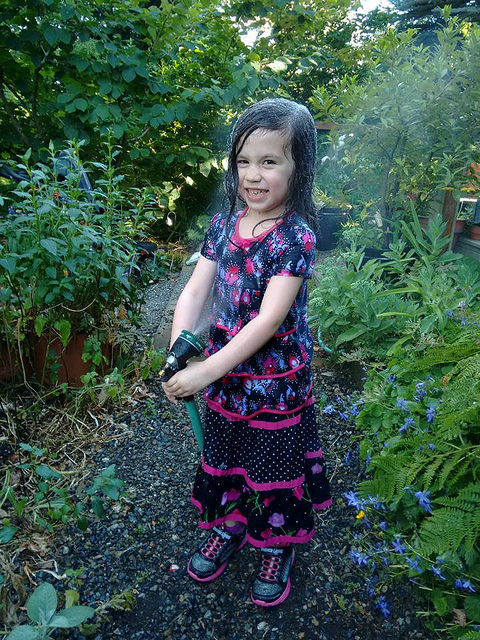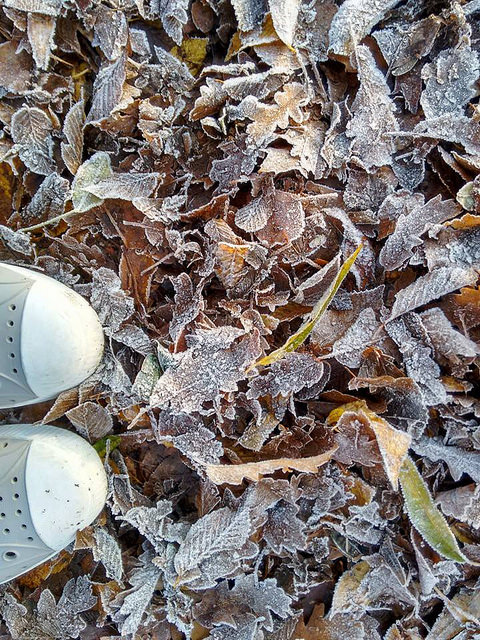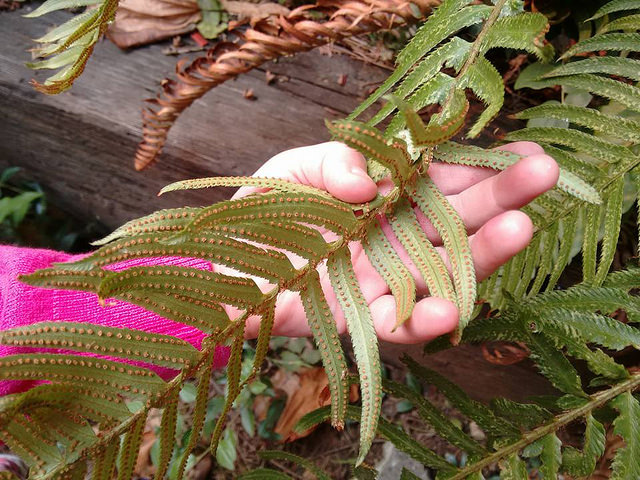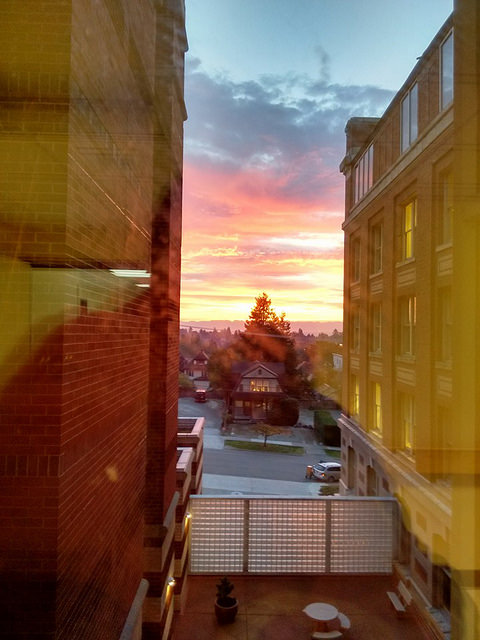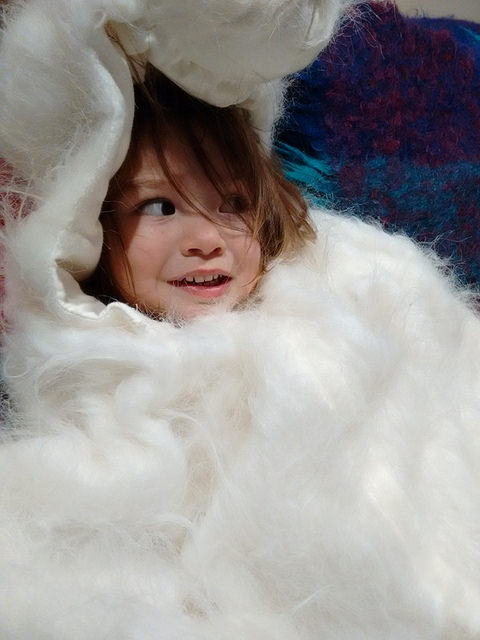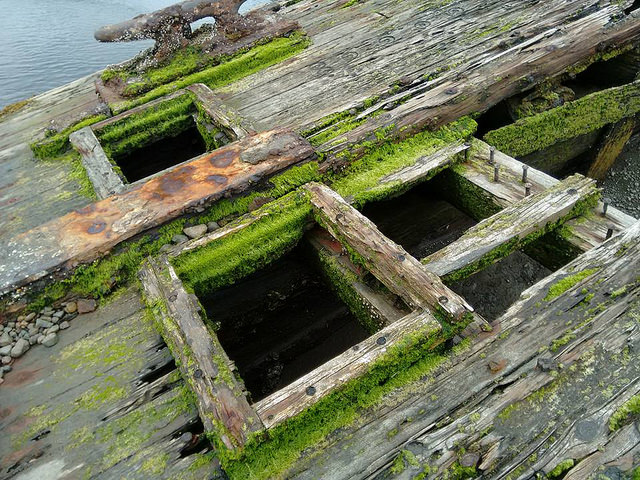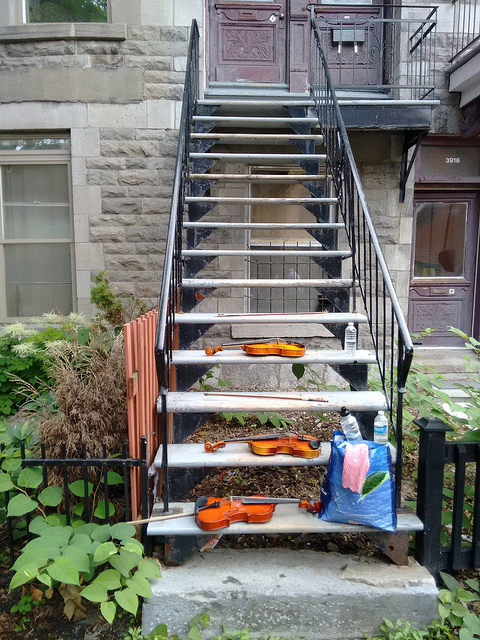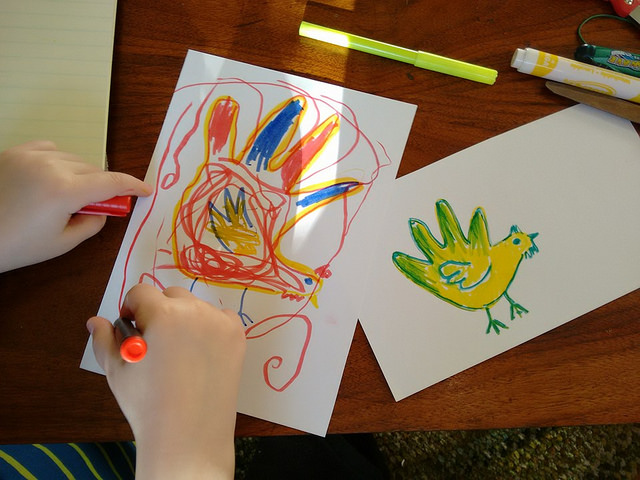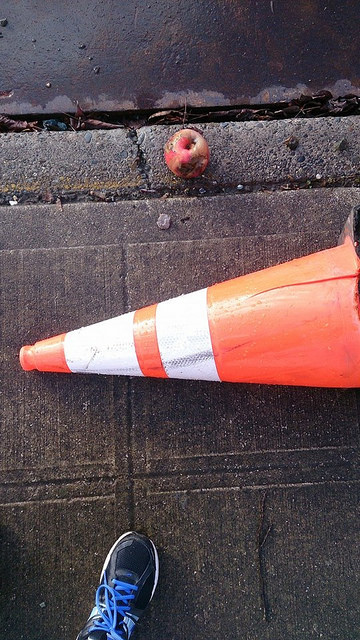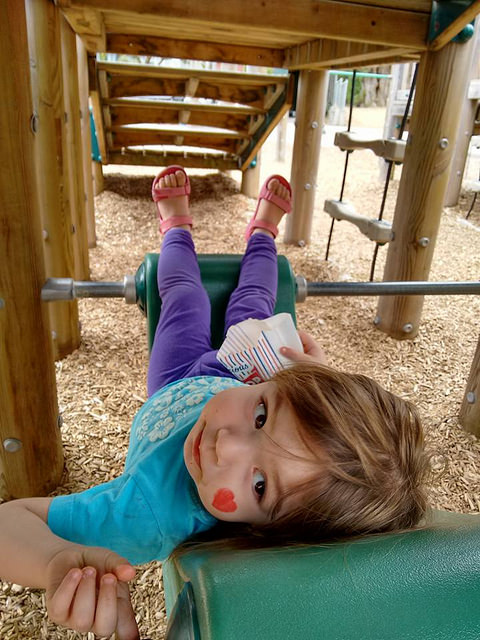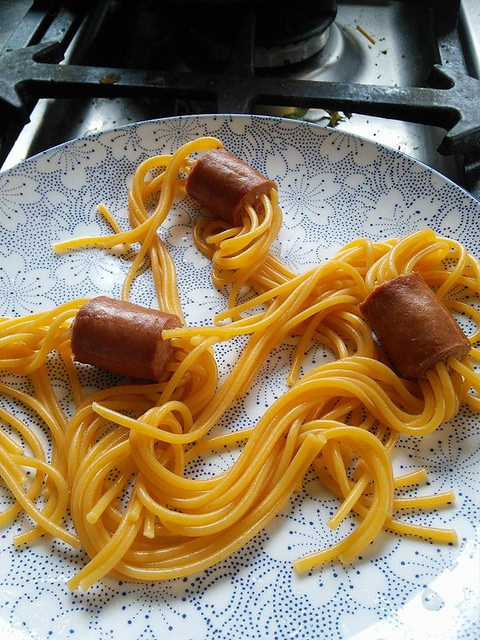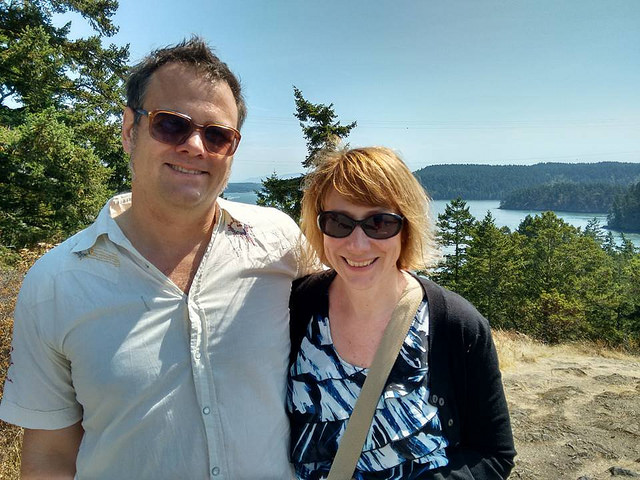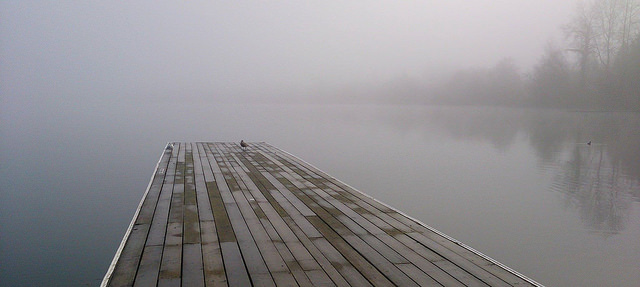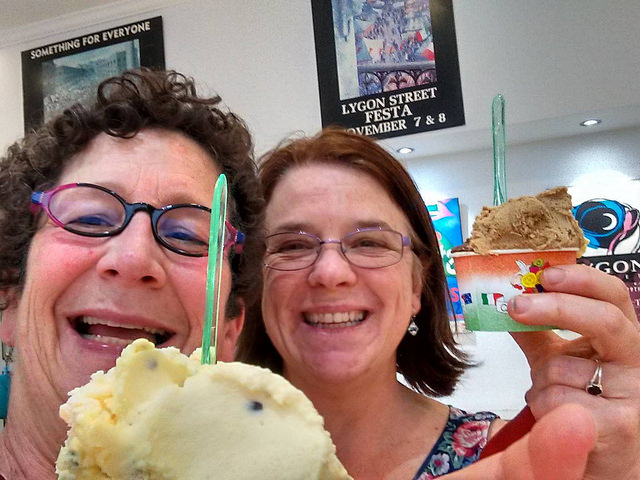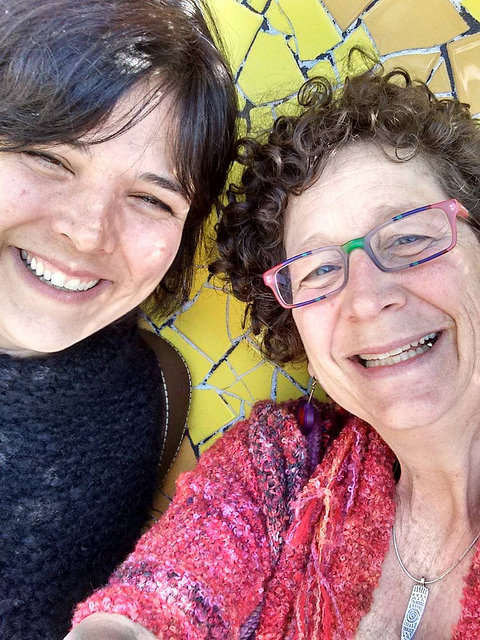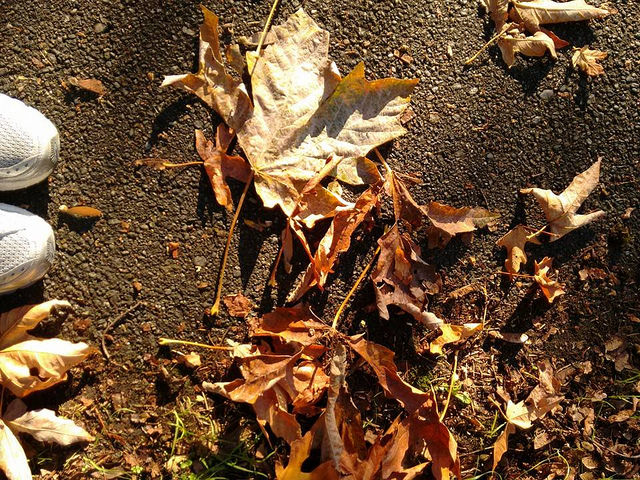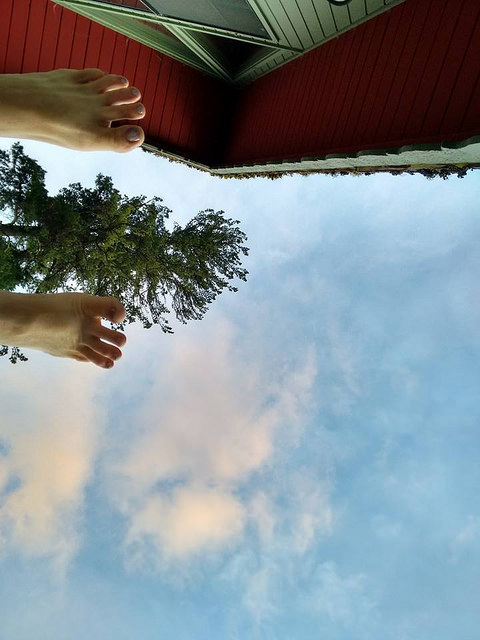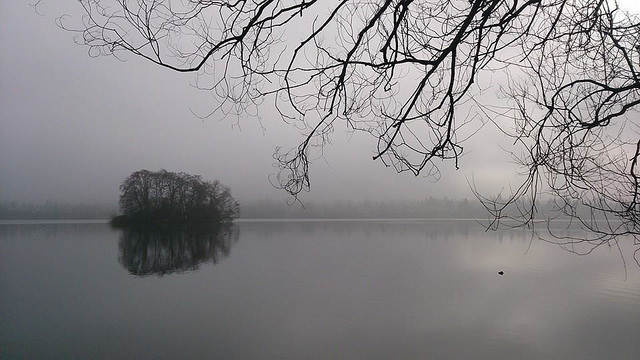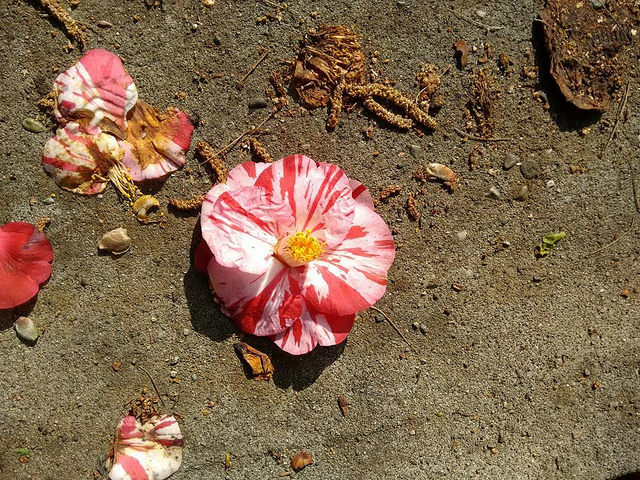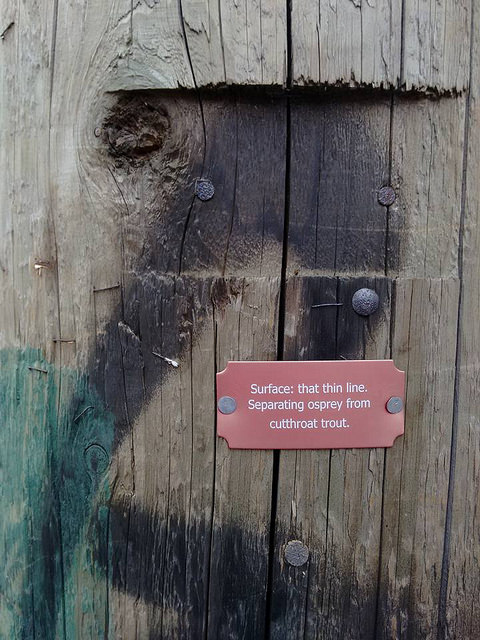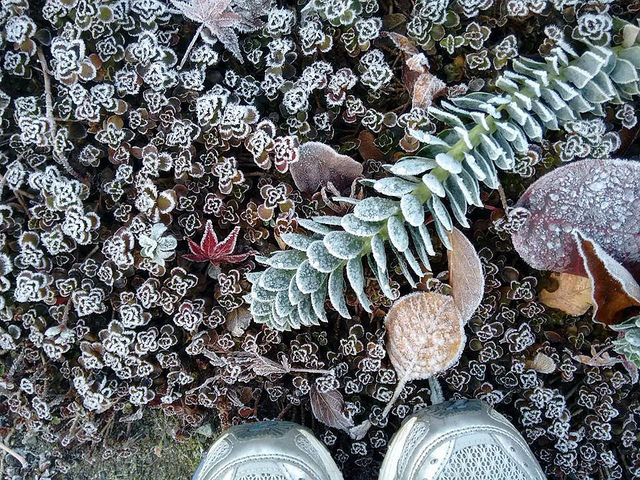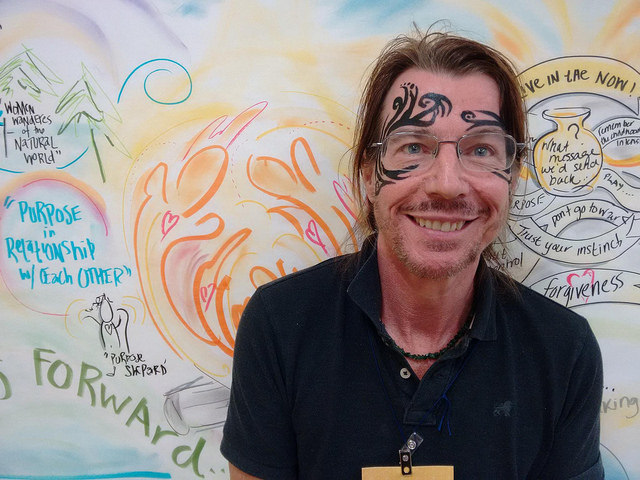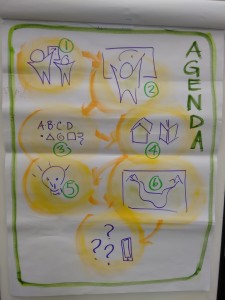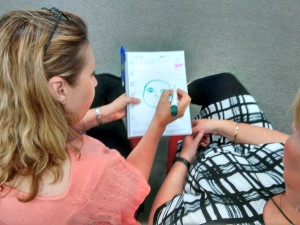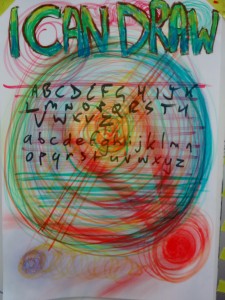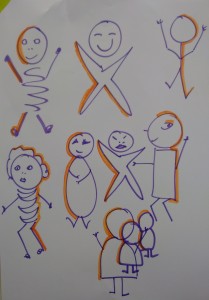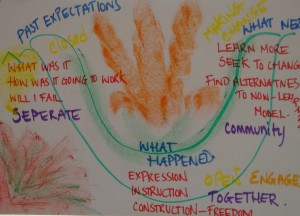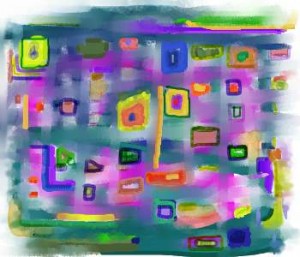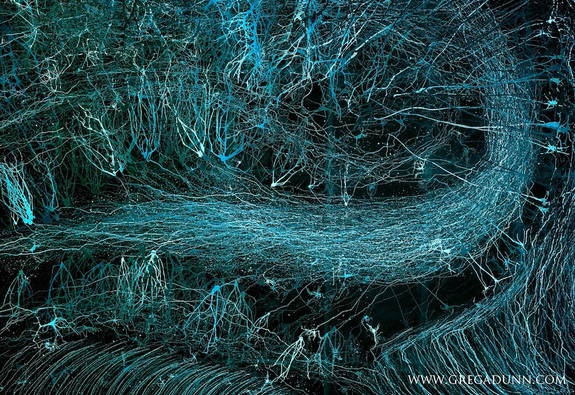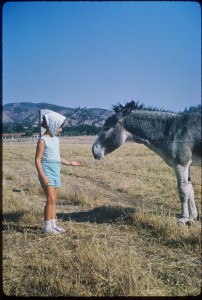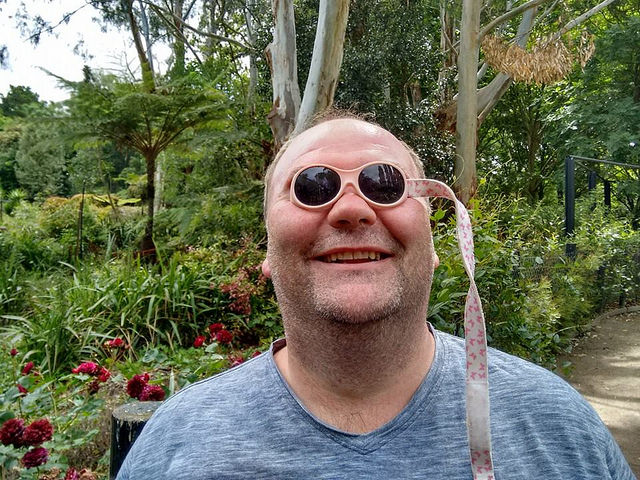 As the month of January quickly slips into the rear view mirror, I realize it is now or never to reflect on my 2015 #365photo project. I had been watching Alan Levine and others do this practice for a few years and decided it was time to try it.
As the month of January quickly slips into the rear view mirror, I realize it is now or never to reflect on my 2015 #365photo project. I had been watching Alan Levine and others do this practice for a few years and decided it was time to try it.
It was nearly a year ago when I made my only reflective post on the project last year, one month in. While I can’t come close to the analysis of my fellow #365-er, Eugene Eric Kim and all his reflections on his 365 Project, it is worth putting on the reflective glasses and taking a moment. Even my sister prompted me to do this on Facebook. Go Cesca!
My Process
The picture taking process was almost always opportunistic. The value of knowing I wanted to capture and share ONE photo a day really upped my “noticing” while on walks, but if I did not get outside of the house (ah, Seattle’s winter) I found I had to stretch and sometimes even set up a picture. There certainly were stretches where nature was a key inspiration. Spring, Spring, SPRING! Flowers. Patterns of leaves and other natural elements (often juxtaposed with my feet, for some reason – at least a dozen) show up a lot, particularly fallen camellias! There are many of my family, particularly my granddaughters who are irresistible, but I also worry about putting too many pictures of them online.
Taken as a whole, they do tell the story of my year. You can see the travel, the work, the family, the seasons, the food!
The cam era was somewhat of an issue early on, as I was using a fairly basic, lower resolution phone camera. I got frustrated but people said, CROP and use filters, to use the limitations of the camera as a feature, not a bug. That helped me over the hump, but in the end I’ve used cropping and filters only a handful of times. Lazy? Busy? Probably both. And I got a better phone with a better camera late last year and that FELT more fun. Especially for macros, which I enjoy.
era was somewhat of an issue early on, as I was using a fairly basic, lower resolution phone camera. I got frustrated but people said, CROP and use filters, to use the limitations of the camera as a feature, not a bug. That helped me over the hump, but in the end I’ve used cropping and filters only a handful of times. Lazy? Busy? Probably both. And I got a better phone with a better camera late last year and that FELT more fun. Especially for macros, which I enjoy.
I did NOT have a practical and consistent workflow for my project. I mostly posted from either my phone or one of my tablets to Facebook, MOSTLY got those into an album, and then at the end of the year downloaded the lot and imported them into the more easily sharable Flickr. I think some got lost and mis-categorized and I have totally changed my 2016 workflow for #366photo (yes, leap year!).
This year, every photo gets posted to Flickr using the phone app which also allows me to cross post on Facebook and Twitter. I always cross-post on FB, and sometimes on Twitter if the image is either pleasing to me or has some timely relevance to a wider audience as now only my friends can see my FB posts. I restricted them late last year instead of posting them publicly, mostly to protect my family. I should have done that earlier. When I post to Flickr I can put the image right into an album. Later I can go back and tag, but that is not a top priority.
Reflections
The process itself was wonderful. It was, in a sense, a meditation in paying attention to what is around me. Looking back, I smile at the p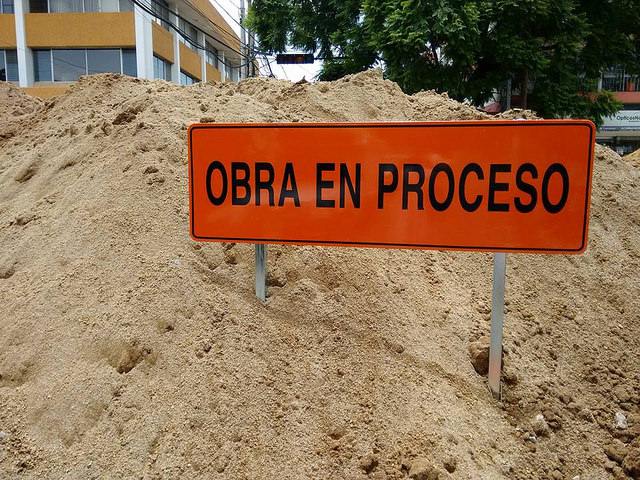 ictures of friends, my family, of nature and of the many places I visited and food I ate. It is a celebration of the full and rich life I get to live. Here and there it hints at the bumps in the road. I think that is because I don’t really have too many and I don’t really want to make a big deal out of them. If there was one visual theme on bumps, it was fatigue!
ictures of friends, my family, of nature and of the many places I visited and food I ate. It is a celebration of the full and rich life I get to live. Here and there it hints at the bumps in the road. I think that is because I don’t really have too many and I don’t really want to make a big deal out of them. If there was one visual theme on bumps, it was fatigue!
The sharing part turned out to be a much bigger surprise. How many people on FB had a little “line of sight” into my life surprised me. The number of “likes” surprised me – people actually PAY ATTENTION to this stuff? The reflections shared with Eugene and Alan Levine were wonderful moments of learning.
As 2016 dawned I had just about decided NOT to do this again. Then the urge crept in. The three things I gained from the project were worth continuing: a) the practice of noticing, b) sharing, and c) learning, because life is always a work in progress! (And my workflow for it is already better. The pictures are here.)
My Pictures
I decided it would be fun to select some of my favorite pictures from 2015. As I noted, I was unhappy with the quality of many of my shots, but looking back, some are really pleasing to my eye.
